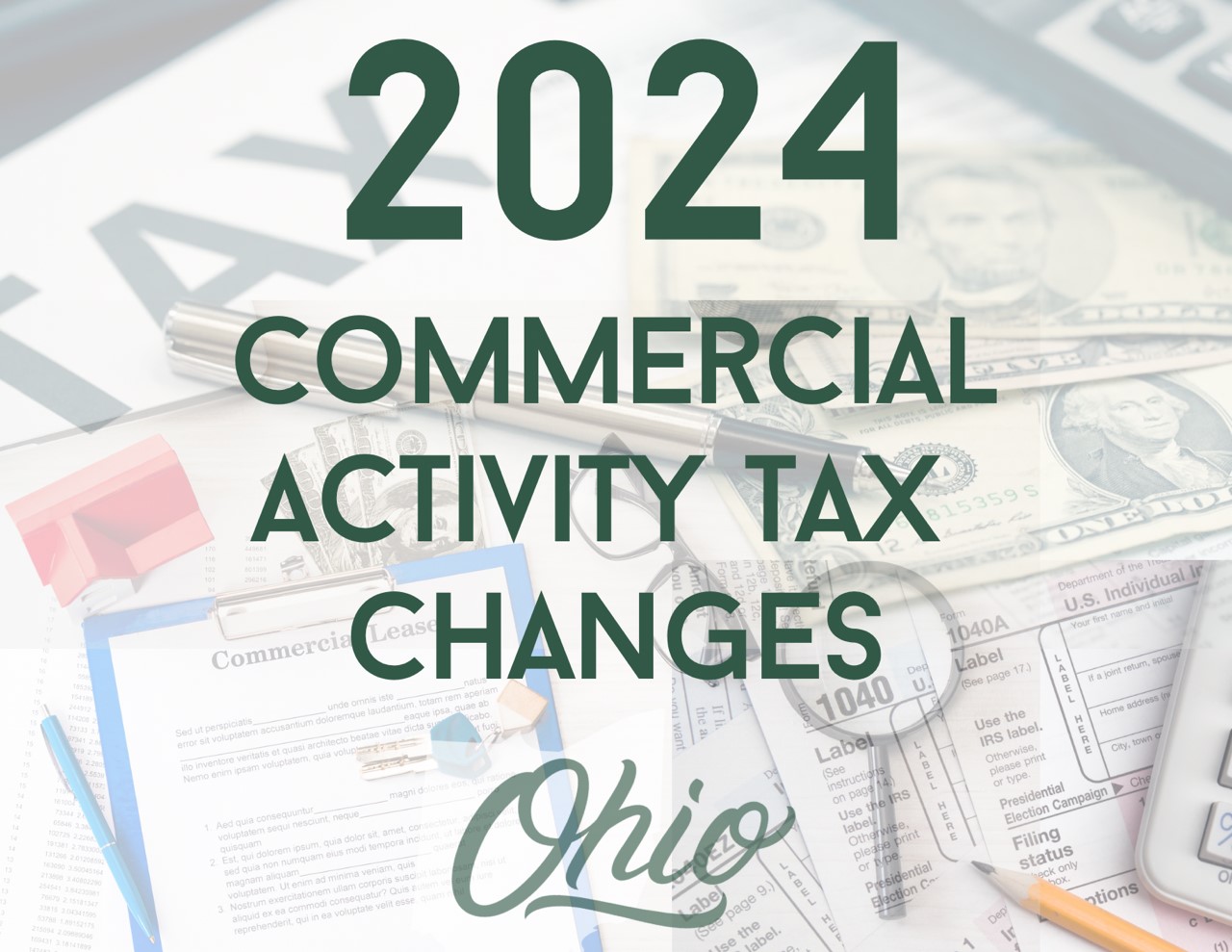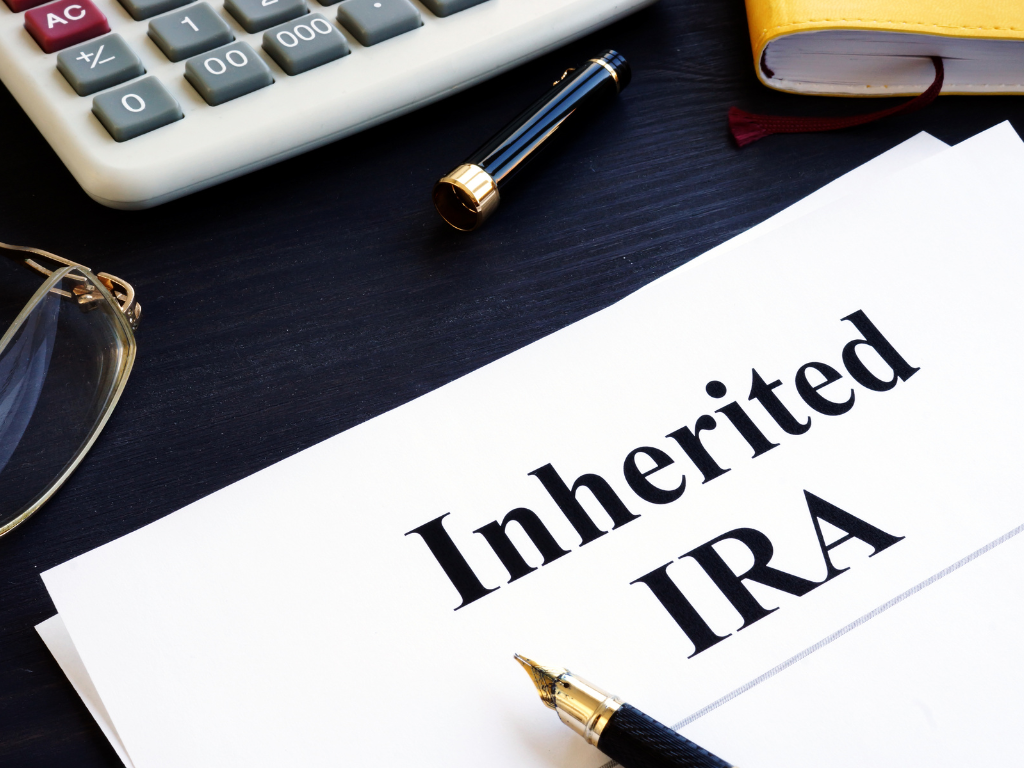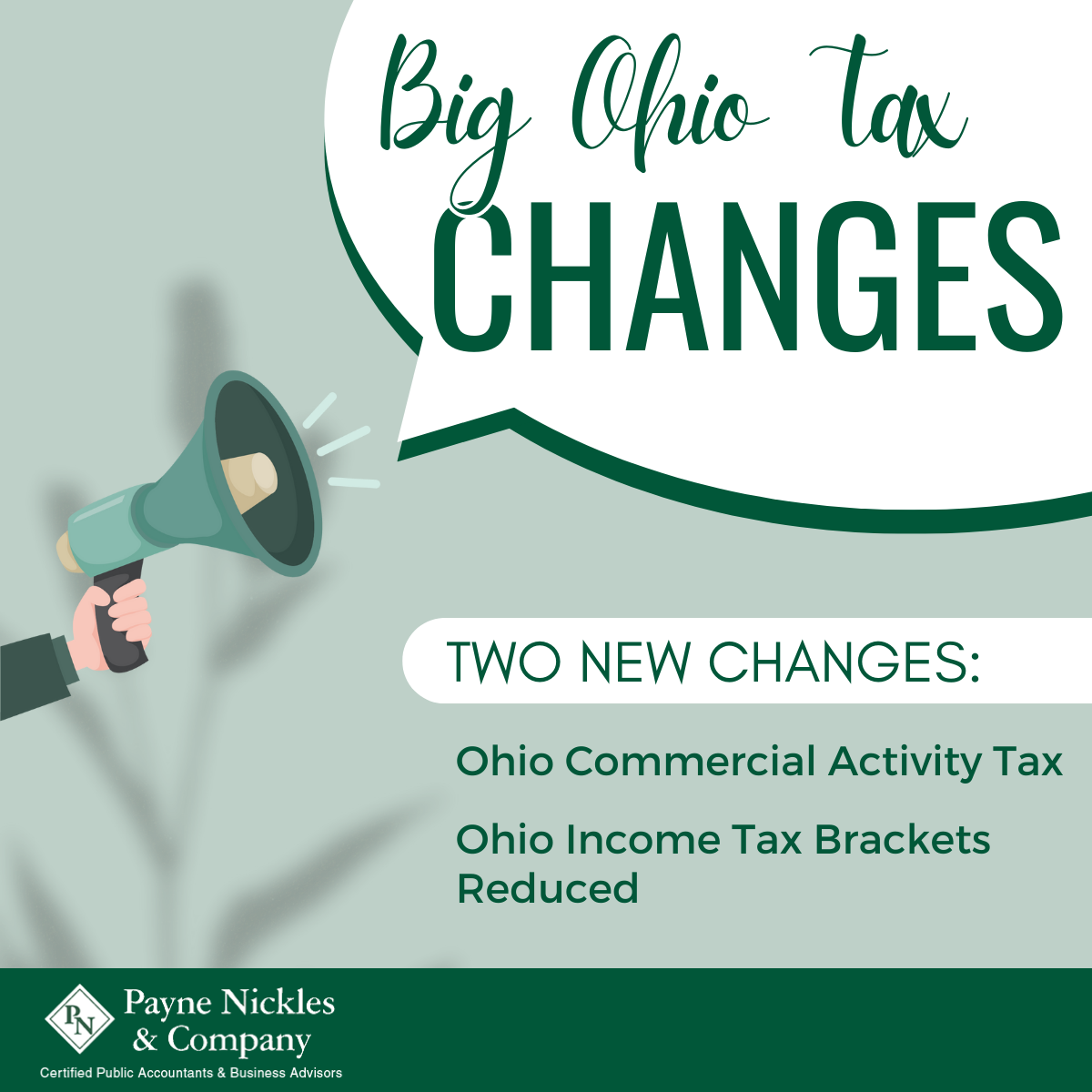Have you ever stood at the base of a skyscraper, looked up, and wondered about the intricacies that brought such an architectural marvel to life? As a construction business owner, you’re probably all too familiar with the challenges and complexities behind such ventures. And just as the building process involves layers of planning, materials, and labor, recent legislative changes are the latest challenge in the intricate dance of construction. Sound overwhelming? Let’s break it down together.
This article delves deep into the 2021 Infrastructure Investment and Jobs Act and the 2022 Inflation Reduction Act, highlighting their implications for construction business owners. As these legislative acts come with both opportunities and stringent requirements, understanding them is crucial for capitalizing on the funds available while ensuring compliance. This guide is essential for construction entrepreneurs keen on maximizing growth opportunities while navigating the maze of federal, state, and local regulations. Staying informed will not only position your business at the forefront of industry changes but also safeguard it from potential liabilities. Just like how it’s crucial to understand the blueprint before laying the first brick, understanding these acts is paramount for a thriving construction business.
The Legislation Landscape.
There are two central pillars that construction businesses should be aware of when navigating the maze of recent legislation:
- The 2021 Infrastructure Investment and Jobs Act (Infrastructure Act): This act pledges significant growth in domestic infrastructure. With an approximately $550 billion allocation, it’s primarily targeted at federally owned projects. These include roads, bridges, transit systems, energy projects, etc. It’s a comprehensive push to enhance our nation’s infrastructure, paving the way for a construction boom.
- The 2022 Inflation Reduction Act (IRA): Building on the momentum of infrastructure development, the IRA has set aside a whopping $700 billion, focusing on infrastructure and addressing pressing issues like drought resilience in Western states, energy security, and combatting climate change. Its expansive scope underlines the government’s commitment to both infrastructure and environmental initiatives.
While both acts promise unprecedented growth opportunities, they come with their set of regulations and requirements. And, as you may have guessed, there’s a caveat. Before tapping into these funds, businesses must familiarize themselves with and adhere to specific stipulations. But worry not; that’s what we’re here to dissect.
Build America, Buy America Act (BABA).
Both acts advocate for domestic growth, echoing the sentiments of the “BABA.” They mandate the use of 100% domestic steel and iron. Just as a craftsman takes pride in using local materials, this initiative kindles a sense of domestic pride. And there’s more; the Infrastructure Act requires that specific construction materials be American-made. This act reinforces support for U.S. businesses producing personal protective equipment.
Diving deeper into the Infrastructure Act, it goes beyond just roads and rail projects. The act has extended its list to include structures, facilities, equipment, optical fiber, lumber, water, and broadband infrastructure projects. All these additions are now on the list of improvements that must follow the broadened BABA measures. This expansion ensures a broader range of projects benefit from and adhere to the principles of prioritizing American-made materials and products.
Considering the challenges faced during recent global events, the Infrastructure Act emphasizes support for U.S. businesses that stepped up to produce personal protective equipment, underscoring the nation’s drive to be self-reliant during unprecedented times.
Navigating Wage Regulations: The Davis-Bacon Act
Wages are central to the construction process. Ensuring your team is compensated fairly not only fosters a sense of trust but also ensures your business’s adherence to established regulations. Enter the Davis-Bacon Act.
This act firmly advocates that contractors must meet federal prevailing wage rates. What does this mean? Simply put, if you’re undertaking a construction project that benefits from federal funds, you must pay your workers at least the minimum wages set by the government for that type of work.
But here’s where it can get a tad more intricate: some states have their own set wage rates, often higher than the federal guidelines. California serves as a prime example of this. Contractors in California and a few other states need to meet the state’s prevailing wage rates, which are generally more generous than the federal rates.
The Davis-Bacon Act not only standardizes earnings but firmly roots itself in upholding worker rights. Yet, it’s not without its challenges for contractors. It requires careful and detailed record-keeping of hours worked and wages paid. Beyond just paying your workers, you’re required to document it meticulously. And remember, the record requirement doesn’t just rest on your shoulders; the act also mandates your subcontractors must do the same.
While the Davis-Bacon Act looks to protect workers, it adds another layer of administrative duty for construction businesses. By staying informed and diligent, however, you can ensure smooth, compliant, and fair operations.
Labor and Green Initiatives.
Behind every brick and beam of your projects are your workforce’s dedicated hearts and skilled hands, crafting not just structures but dreams. Both acts don’t just emphasize fair labor practices—they reintroduce and fortify them. They spotlight programs like the Disadvantaged Business Enterprise (DBE), ensuring businesses owned by socially and economically disadvantaged individuals get a fair chance. Moreover, they strengthen measures against human trafficking, clearly conveying the importance of ethical labor practices.
On the environmental side, the IRA isn’t just talking the talk but walking the green walk. The IRA has earmarked close to $1 billion in grants specifically for adopting energy codes that meet higher standards. This includes supporting initiatives for zero-energy buildings and promoting eco-friendly retrofitting of federal buildings. Plus, over $2 billion is set aside for using low-carbon materials in federal construction projects, driving home the point that our built environment can and should be sustainable.
Why Does All This Matter to You?
You might wonder, “Why is all this relevant to my construction business?” Well, understanding these regulations is the foundation of a compliant and successful venture. Missteps? They can lead to severe penalties, including potential criminal liability. The stakes are high, but so are the rewards. By aligning your business practices with these acts, you ensure smooth operations and tap into a vast reservoir of funding opportunities.
Feeling lost in all these new rules—like you’re holding a map with no compass? That’s where seasoned experts like us step in, ready to guide you at every twist and turn. As a firm that has walked alongside numerous construction businesses, our role is to make these complexities understandable and manageable for you. Remember, it’s not about circumventing challenges but navigating through them efficiently.
So, What’s Next?
While new regulations might seem like hurdles, they’re also doors to fresh opportunities. By understanding and embracing these rules, you set your construction business on a path to success. And you’re not on this journey alone. With expertise and guidance, navigating these changes becomes smoother. The future of construction is bright and filled with promise. Let’s build it together.
Treasury Circular 230 Disclosure
Unless expressly stated otherwise, any federal tax advice contained in this communication is not intended or written to be used, and cannot be used or relied upon, for the purpose of avoiding penalties under the Internal Revenue Code, or for promoting, marketing, or recommending any transaction or matter addressed herein.
 Home
Home Sign In
Sign In Make a Payment
Make a Payment Search
Search











